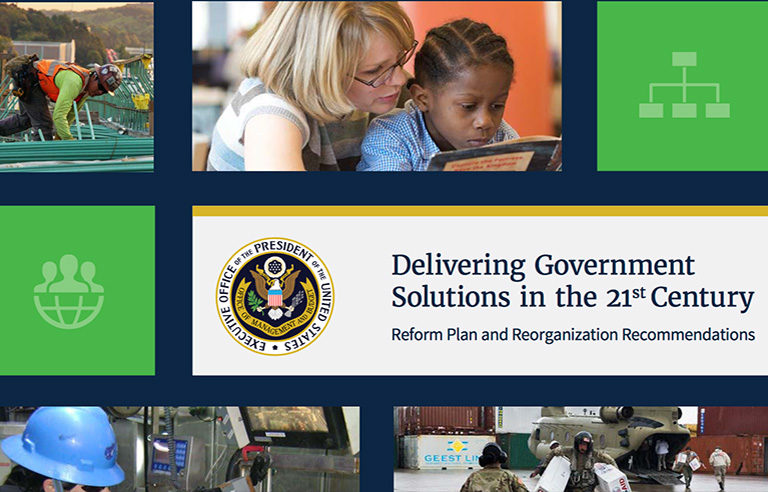Trump administration proposes merging Labor, Education departments

Washington — The Trump administration is proposing a merger between the departments of Labor and Education as part of a wide-ranging government reorganization, although the current makeup of Congress makes the plan unlikely to come to fruition.
Cabinet changes require congressional approval, including 60 votes in the Senate. That means getting nine Democrat or independent senators on board to greenlight the proposed Department of Education and the Workforce. A previous attempt to merge the two departments in the mid-1990s proved unsuccessful.
In a video posted June 21, Office of Management and Budget Director Mick Mulvaney said training current or future workers is a major focus of this most recent attempt.
“This is what a lot of countries do because they see both job training and educational training as preparing folks for the workforce,” Mulvaney said.
Under the proposal, OSHA and the Mine Safety and Health Administration would go under one umbrella – the Enforcement agency – along with the Wage and Hour Division, DOE’s Office for Civil Rights and others. NIOSH would move to the National Institutes of Health from the Centers for Disease Control and Prevention, an idea previously floated during the current appropriations season.
The merger plan quickly drew responses from critics and supporters.
“The proposal to merge the Labor and Education departments is a dangerous and bad idea that should be stopped. The core functions of these two departments – serving children and protecting working people – are critical tasks that require the individual attention each receives,” AFL-CIO President Richard Trumka said in a June 21 press release.
In contrast, Rep. Virginia Foxx (R-NC), chair of the House Education and the Workforce Committee, said in a June 21 press release that “the proposed Department of Education and the Workforce is recognition of the clear relationship between education policy at every level and the needs of the growing American workforce.”
Post a comment to this article
Safety+Health welcomes comments that promote respectful dialogue. Please stay on topic. Comments that contain personal attacks, profanity or abusive language – or those aggressively promoting products or services – will be removed. We reserve the right to determine which comments violate our comment policy. (Anonymous comments are welcome; merely skip the “name” field in the comment box. An email address is required but will not be included with your comment.)

